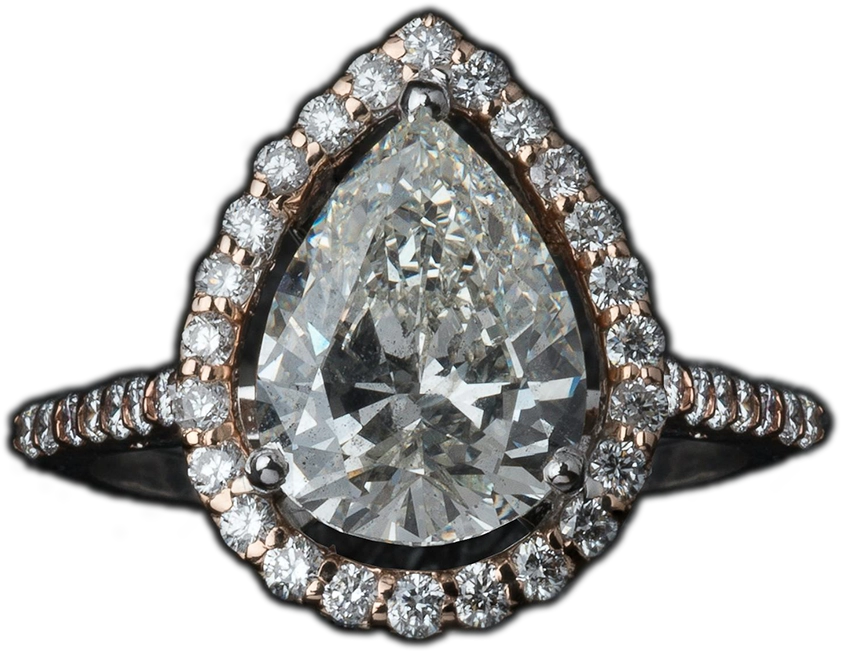Diamond Journey & Supply Chain
Every natural diamond has a unique story – a journey that spans billions of years and thousands of miles.
Understanding this journey not only deepens your appreciation for these precious gems but also reveals the positive impact they have on communities around the world. Let’s embark on an exploration of the diamond supply chain, from the depths of the Earth to the moment a diamond becomes a cherished part of your life.
Importance of Understanding the Supply Chain for Consumers
As a conscious consumer, knowing the journey of your diamond empowers you to make informed, ethical choices. It allows you to appreciate not just the beauty of your diamond, but also the positive impact it has had on people and communities along its journey.

Diamonds have captivated humanity for thousands of years. First discovered in India around 800 BCE, they were prized for their hardness and brilliance. The discovery of diamonds in Brazil in the 1700s and South Africa in the 1860s revolutionized the industry, making diamonds more accessible and sparking new mining techniques.
Evolution of the Diamond Industry – From early artisanal mining to today’s high-tech operations, the diamond industry has undergone remarkable changes. Advances in geology, mining technology, and cutting techniques have transformed how we find, extract, and process diamonds.
In recent decades, the industry has made significant strides in ethical sourcing and transparency. Initiatives like the Kimberley Process have drastically reduced the trade of conflict diamonds, while new technologies enable us to trace a diamond’s journey from mine to market.
Diamond Supply Chain in Consumer-Friendly Terms
800 BCE
Exploration & Discovery
The journey begins with geologists searching for diamond deposits. Using satellite imagery, geophysical surveys, and good old-fashioned prospecting, they identify potential diamond-bearing areas.
TYPES OF DIAMOND DEPOSITS:
Kimberlite Pipes: Vertical structures formed by ancient volcanic eruptions, often rich in diamonds.
Alluvial Deposits: Diamonds found in riverbeds or coastal areas, carried there by ancient waterways.
Mining
Once a diamond deposit is located, mining begins. The method used depends on the type and location of the deposit.
MINING METHODS:
Open-Pit Mining: Used for deposits near the surface, creating large, terraced holes.
Underground Mining: For deeper deposits, involving tunnels and shafts.
Alluvial Mining: Extracting diamonds from riverbeds or coastal areas.
Marine Mining: Recovering diamonds from the seafloor.
Sorting & Evaluation
After extraction, rough diamonds are sorted based on size, color, and quality. Expert valuers assess each stone’s potential, determining its best use and value.
Cutting & Polishing
This is where a diamond’s true beauty emerges. Skilled artisans transform rough stones into the sparkling gems we know and love.
Planning and Marking – Deciding how to cut the rough diamond for maximum beauty and value.
Cutting Process – Shaping the diamond using sophisticated tools.
Polishing and Finishing – Giving the diamond its characteristic brilliance and fire.
Grading & Certification
Independent laboratories assess cut diamonds based on the 4Cs: Cut, Clarity, Color, and Carat weight. They issue certificates authenticating each diamond’s characteristics.
Wholesale & Distribution
Retail
Back to the Communities
The diamond’s journey doesn’t end at the point of sale. The revenue generated flows back to support diamond-producing communities, funding education, healthcare, and infrastructure projects. This creates a circular journey where your purchase contributes to ongoing positive impacts.

